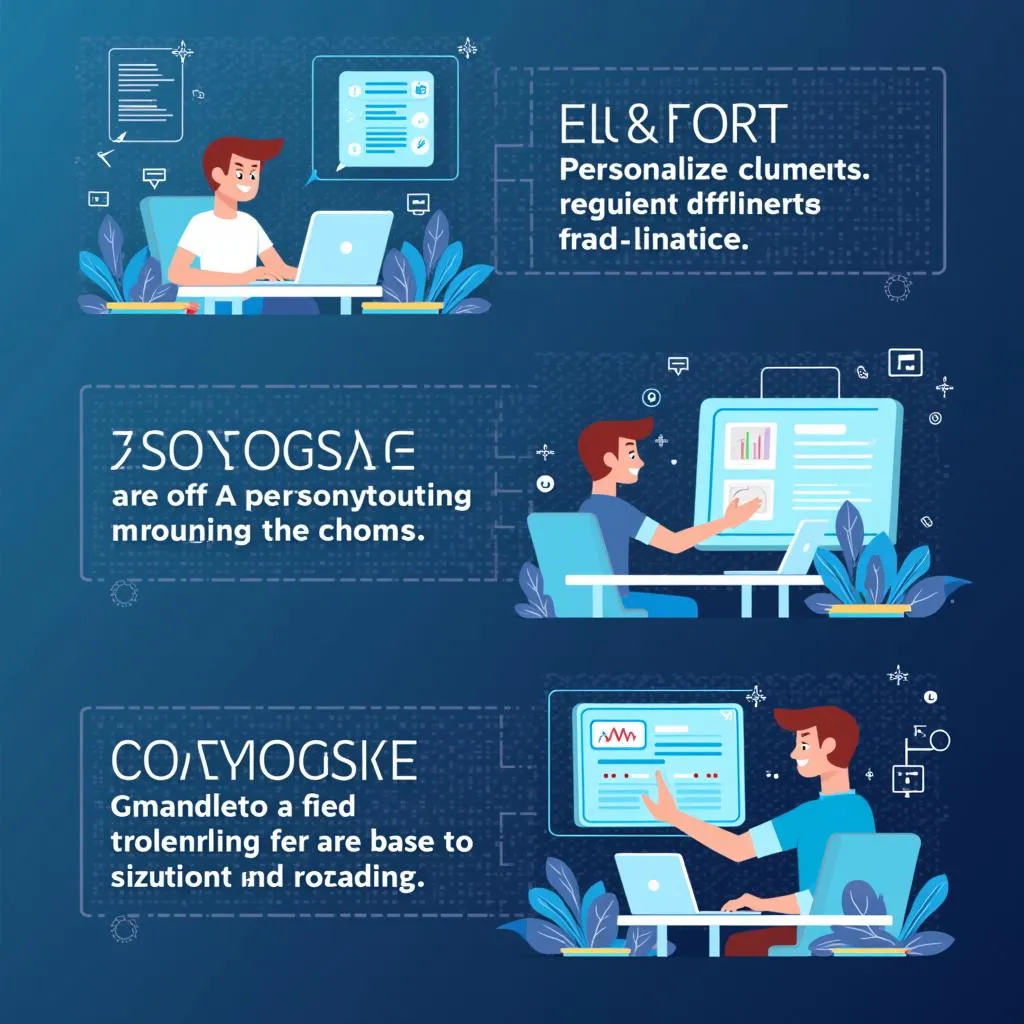Summarizing written text is an essential part of the PTE Speaking & Writing section. It tests your ability to comprehend a given text and condense it into one succinct sentence that includes the most important information. With the increasing prominence of the digital world, topics like the future of education in such a context are becoming more common in PTE exams. Below, we’ll provide a variety of sample Summarize Written Text tasks related to Future Of Education In A Digital World, reflecting actual test patterns to help you prepare effectively.
Sample Summarize Written Text Tasks for PTE
Here are some carefully designed sample Summarize Written Text questions with answers to help you practice.
Task 1: The Evolution of Education in the 21st Century
Prompt:
The education system has evolved significantly in the 21st century, driven by technological advancements and the rise of online platforms. Traditional classrooms are increasingly being supplemented by—and in some cases, replaced by—virtual learning environments where students can access materials remotely at their pace. Artificial Intelligence (AI) is playing an expanding role, allowing for adaptive learning systems that personalize educational content based on individual student performance. Digital tools have created an education revolution, where geographic boundaries are no longer a barrier, and high-quality education is becoming available globally.
Summarize the written text in one sentence.
Sample Answer 1 (Band 90)
In the 21st century, technology has revolutionized education by integrating AI, online platforms, and digital tools, offering personalized learning experiences and broadening access to global education without geographic limitations.
- Content: Excellent at capturing all key points.
- Form: One sentence, within word limit (5-75 words).
- Grammar: No issues, grammatically correct.
- Vocabulary: Strong use of advanced vocabulary such as “revolutionized,” “personalized,” and “geographic limitations.”
- Spelling: No errors.
Sample Answer 2 (Band 79-85)
Education has changed in the 21st century with advances in technology and the use of online tools which allows personalized learning and removes geographical barriers.
- Content: Good, covers the main aspects but lacks specificity, such as the role of AI.
- Form: Correct, falls within the word count.
- Grammar: Correct, but sentence structure is slightly less complex.
- Vocabulary: Appropriate but simple; doesn’t use varied or advanced terms.
- Spelling: No errors.
Sample Answer 3 (Band 60-70)
Technology has changed education, making it accessible everywhere and personalized.
- Content: Misses several critical details, like AI and the global dimension of online platforms.
- Form: Correct but very short.
- Grammar: Simple but correct.
- Vocabulary: Basic, lacks sophistication.
- Spelling: No errors.
 Futuristic online education with AI integration and global reach
Futuristic online education with AI integration and global reach
Task 2: Challenges and Benefits of Digital Learning
Prompt:
Digital learning has rapidly expanded, providing both opportunities and challenges. On one hand, students gain flexibility to learn from anywhere and benefit from a vast array of online resources, including video tutorials, live classes, and interactive content. However, maintaining student engagement in virtual environments is a challenge, as distractions are more prevalent compared to traditional face-to-face interactions. Despite these issues, educators are finding creative solutions to keep students motivated, like incorporating gamification and collaborative online tools.
Summarize the written text in one sentence.
Sample Answer 1 (Band 85-90)
Although digital learning promotes flexibility and a wealth of resources, maintaining student engagement is challenging, but educators are using techniques such as gamification and collaborative tools to address this.
- Content: Fully captures the main points and contrasts the benefits with challenges.
- Form: Correct and concise; within the word count.
- Grammar: Complex and grammatically accurate sentence structure.
- Vocabulary: Excellent use of professional language such as “gamification” and “collaborative tools.”
- Spelling: No errors.
Sample Answer 2 (Band 70-79)
Digital learning provides flexibility and various resources, but ensuring student engagement remains a challenge educators address through gamification and online collaboration.
- Content: Good coverage but lacks a bit of clarification on the challenges.
- Form: Within the word count.
- Grammar: Correct but lacks more advanced structures.
- Vocabulary: Adequate but slightly repetitive.
- Spelling: No errors.
Sample Answer 3 (Band 60-70)
Online learning is flexible but can be distracting, and teachers are using new methods to engage students.
- Content: Covers the basics but misses significant points such as specific techniques or the variety of resources.
- Form: Correct but too simplistic.
- Grammar: Basic but correct.
- Vocabulary: Limited, with vague language such as “new methods.”
- Spelling: No errors.
 Gamification techniques in digital learning platforms to engage students
Gamification techniques in digital learning platforms to engage students
For more insights into online education, check out our article on The benefits and drawbacks of online education, which discusses these topics in detail.
Task 3: Artificial Intelligence in Education
Prompt:
Artificial Intelligence (AI) is becoming a critical component in modern education, helping to personalize students’ learning experiences through adaptive platforms. These platforms can analyze a student’s performance and adjust the difficulty level of tasks accordingly, ensuring that the content aligns with each individual’s learning pace. Moreover, AI tools can assist educators by automating administrative tasks such as grading, allowing teachers to spend more time focusing on teaching and mentoring students. However, some educators express concerns about over-dependence on AI tools, fearing a loss of the human touch in teaching.
Summarize the written text in one sentence.
Sample Answer 1 (Band 85-90)
AI is revolutionizing education by creating personalized learning experiences and reducing educators’ administrative workload, although concerns about the potential loss of human interaction remain.
- Content: Captures essential elements, including both the benefits and concerns.
- Form: Correct word length; appropriate sentence structure.
- Grammar: Flawless with complex clauses.
- Vocabulary: Professional, utilizing words like “revolutionizing,” “personalized,” and “potential loss.”
- Spelling: No errors.
Sample Answer 2 (Band 75-85)
AI helps personalize learning and reduces teacher workload, but some worry about losing human interaction in education.
- Content: Covers key points but does not delve into detail regarding how AI influences education.
- Form: Correct.
- Grammar: Adequate but could use more advanced structure.
- Vocabulary: Good, simple yet clear.
- Spelling: No errors.
Sample Answer 3 (Band 60-70)
AI helps in learning personalization but might reduce human engagement.
- Content: Basic and lacks fuller detail.
- Form: Correct but very short.
- Grammar: Simple.
- Vocabulary: Too basic, lacks sophistication.
- Spelling: No errors.
 AI-powered adaptive learning in modern education systems
AI-powered adaptive learning in modern education systems
Vocabulary & Grammar in Practice
Here are 10 key vocabulary terms from the sample tasks:
-
Revolutionize /ˌrɛvəˈluːʃəˌnaɪz/: To fundamentally change something.
“The digital age has revolutionized education.” -
Adaptive /əˈdæptɪv/: Able to change or adjust according to circumstances.
“AI systems use adaptive algorithms to tailor learning.” -
Gamification /ˌɡeɪmɪfɪˈkeɪʃən/: The application of game-design elements in non-game contexts.
“Gamification is used to boost student engagement.” -
Tailor /ˈteɪlər/: To adapt something for a particular purpose.
“Content is tailored to each student’s learning needs.” -
Over-dependence /ˈoʊvər dɪˈpɛndəns/: Excessive reliance on something.
“Over-dependence on technology could impact human teaching interactions.” -
Administrative /ədˈmɪnəˌstreɪtɪv/: Related to managing affairs.
“AI helps reduce administrative burdens for teachers.” -
Engagement /ɪnˈɡeɪdʒmənt/: The state of being involved or committed.
“Maintaining student engagement in digital environments is challenging.” -
Automate /ˈɔːtəˌmeɪt/: To operate or control something automatically.
“AI tools automate grading tasks.” -
Personalization /ˌpərsənəlaɪˈzeɪʃən/: The customization of services or products.
“Personalization in education ensures better learning outcomes.” -
Virtual /ˈvɜrʧuəl/: Existing or occurring online.
“Virtual classrooms have become common during the pandemic.”
Conclusion
Summarizing key ideas from written text is an essential part of your PTE exam preparation. The future of education in a digital world is becoming a crucial topic for discussion, and practicing these samples will not only help you understand the format of Summarize Written Text but also help you think critically about how education is evolving. Keep practicing, and feel free to share your questions or answers in the comments!